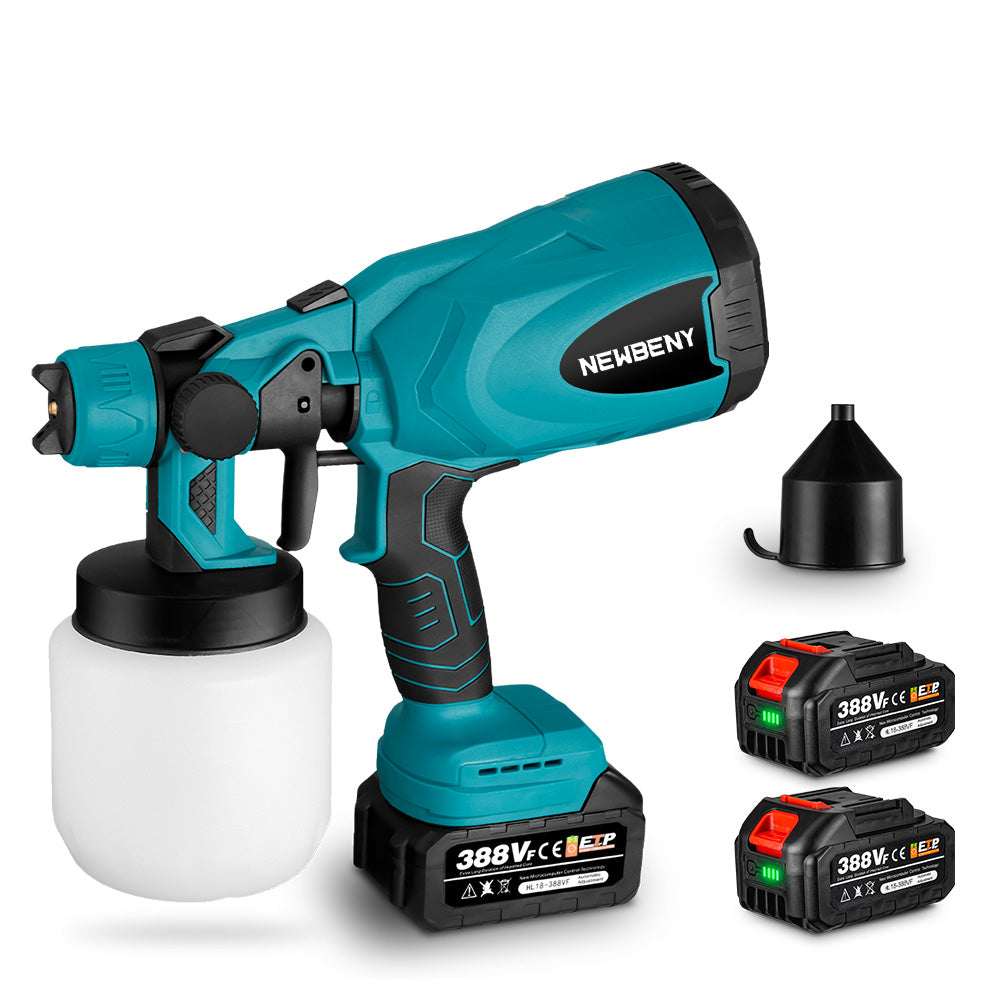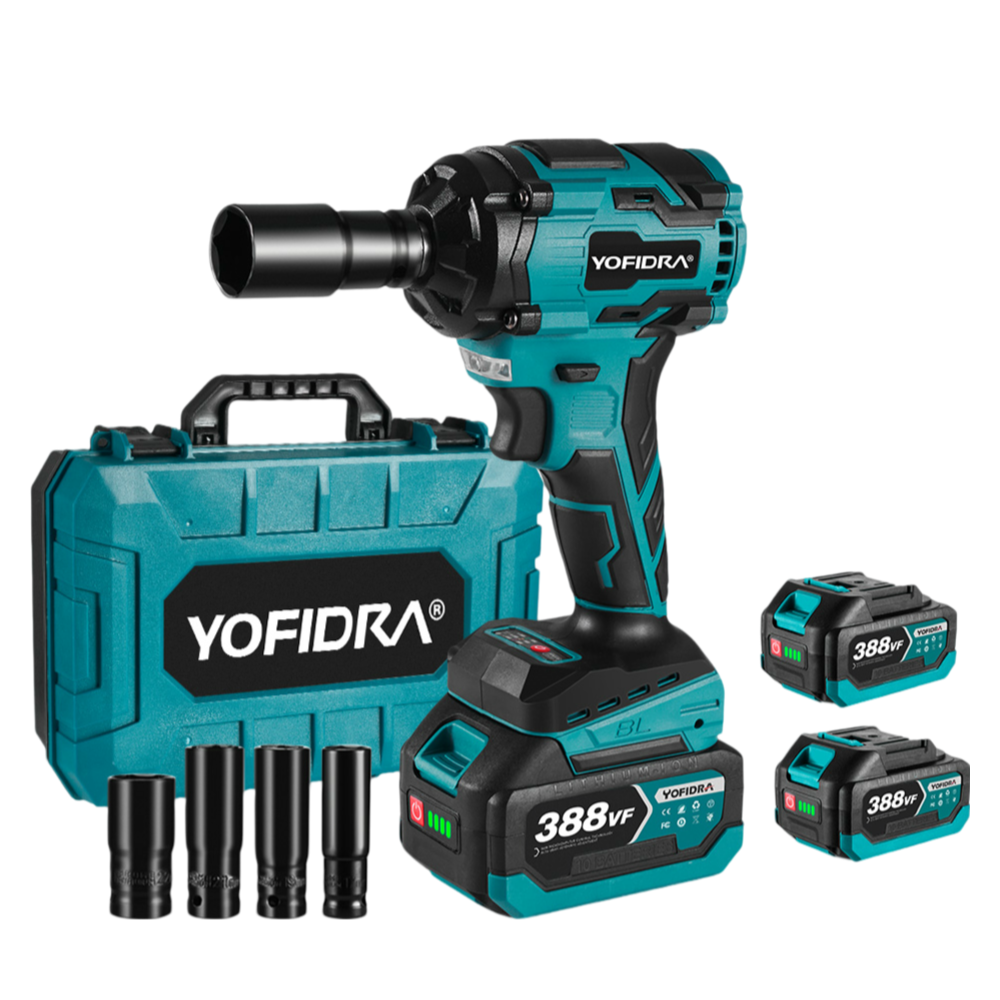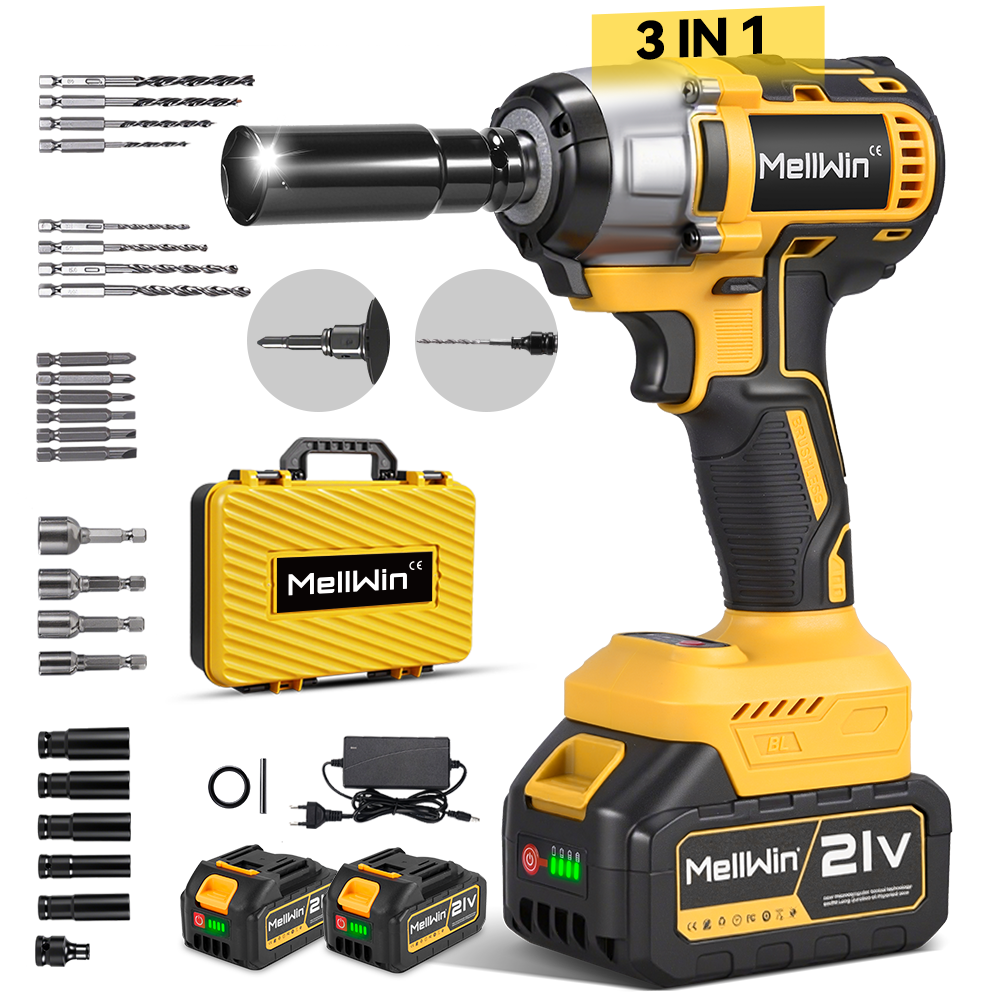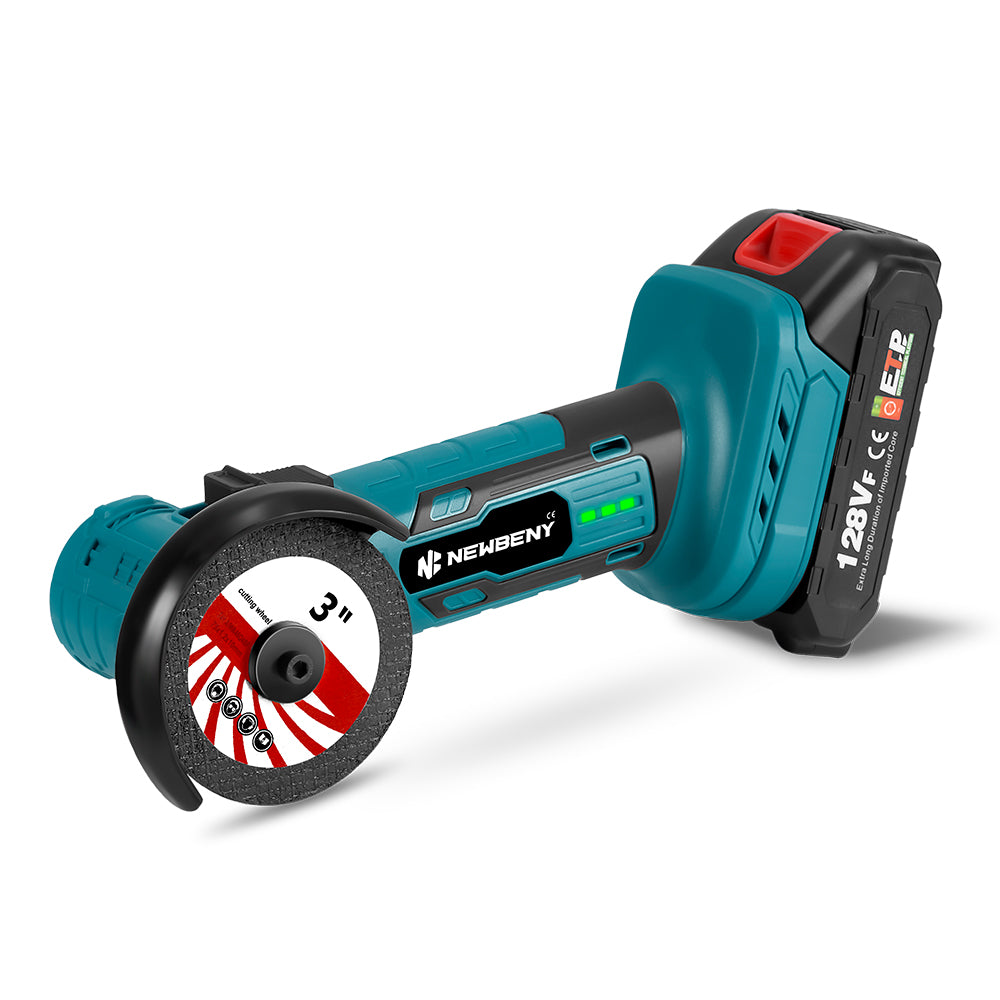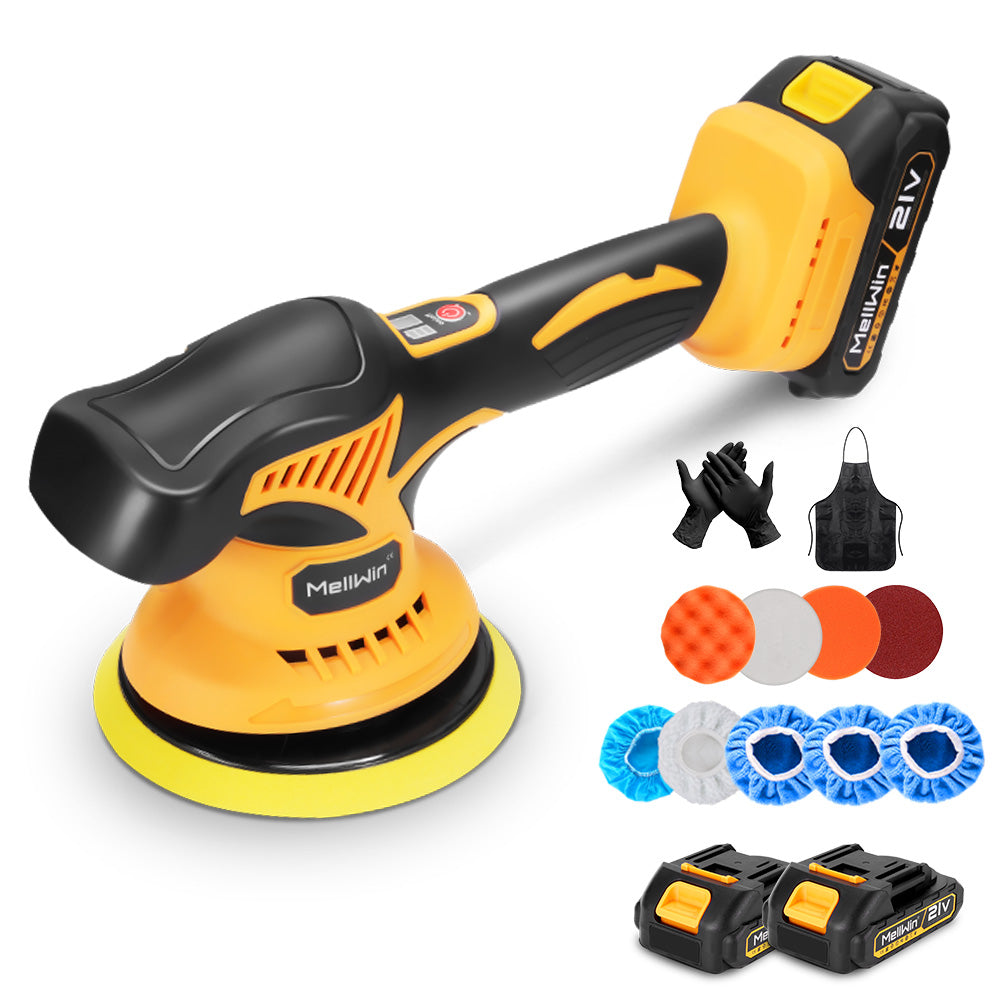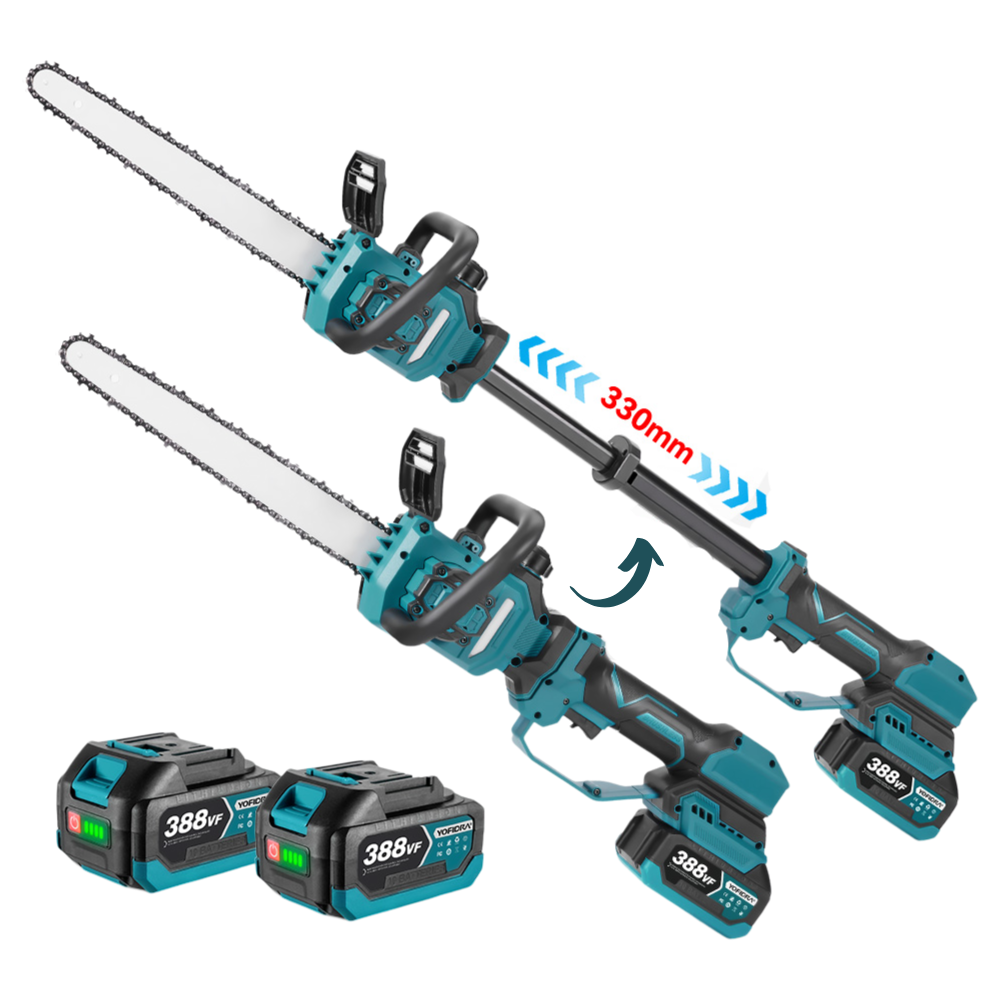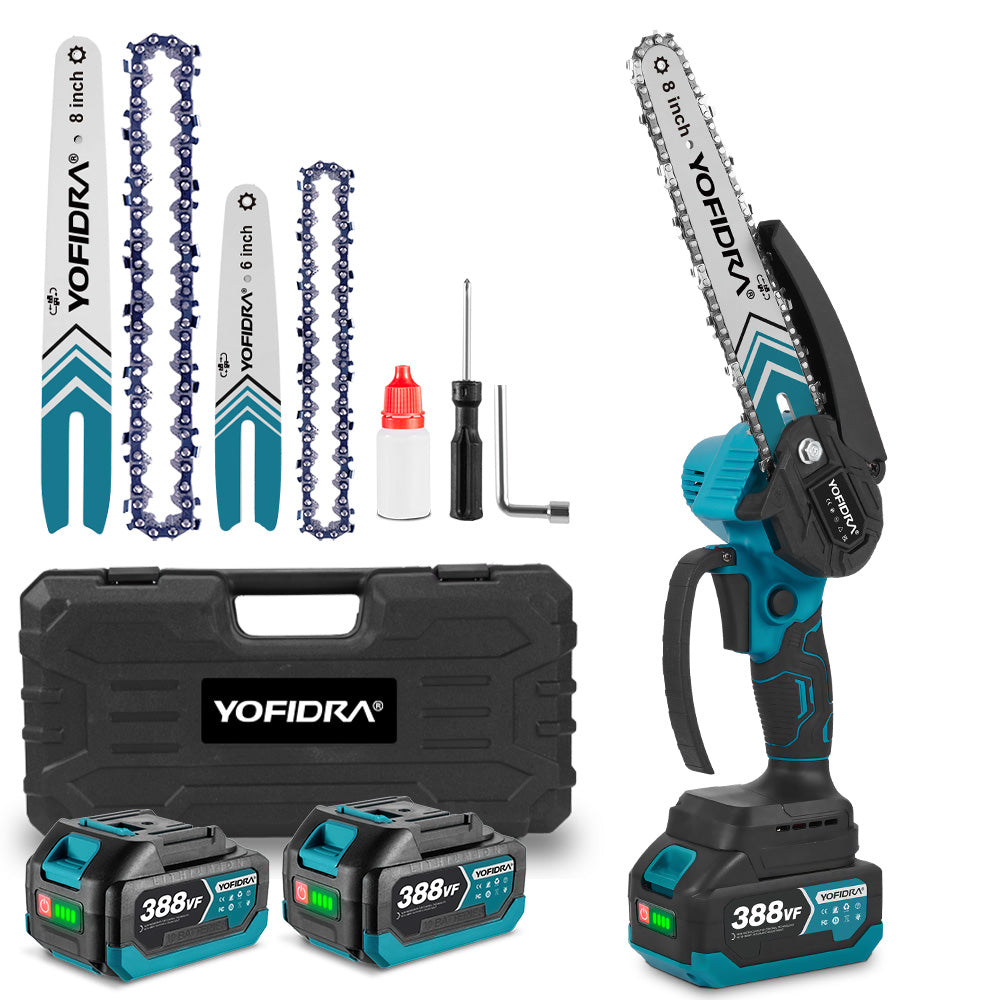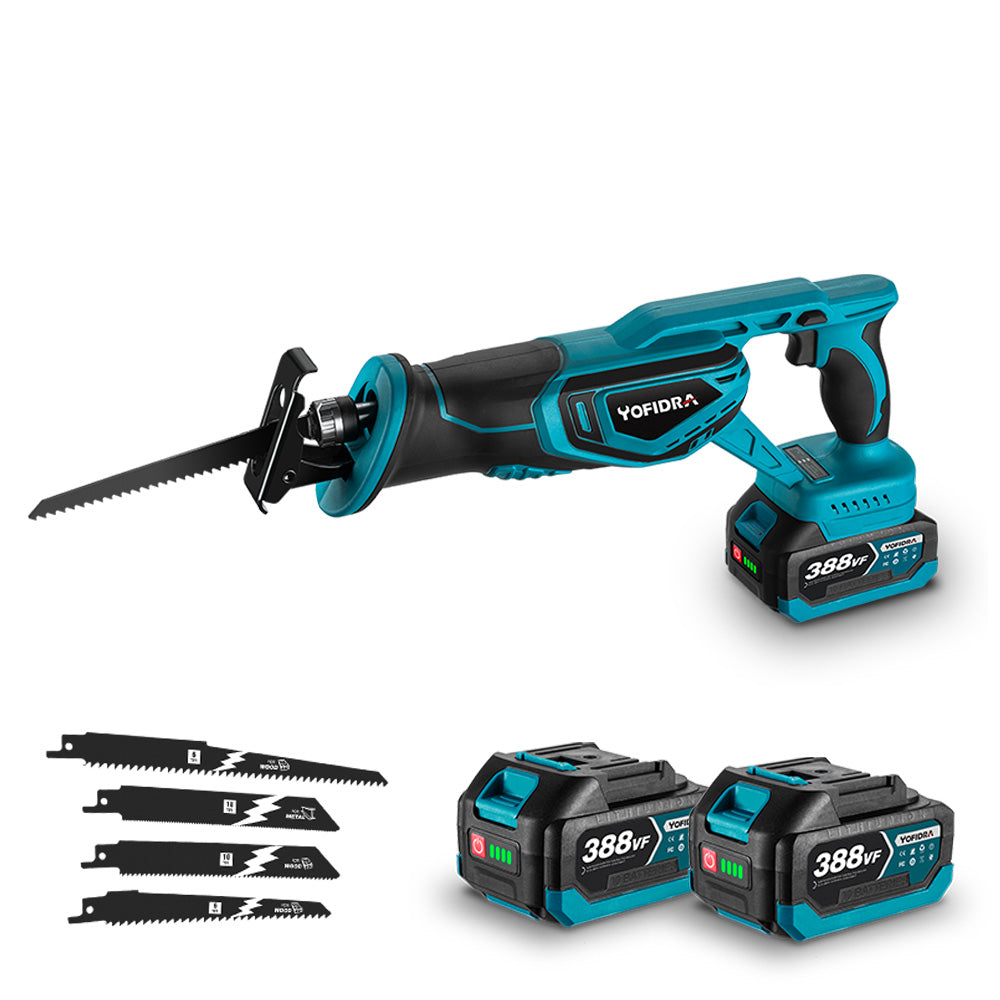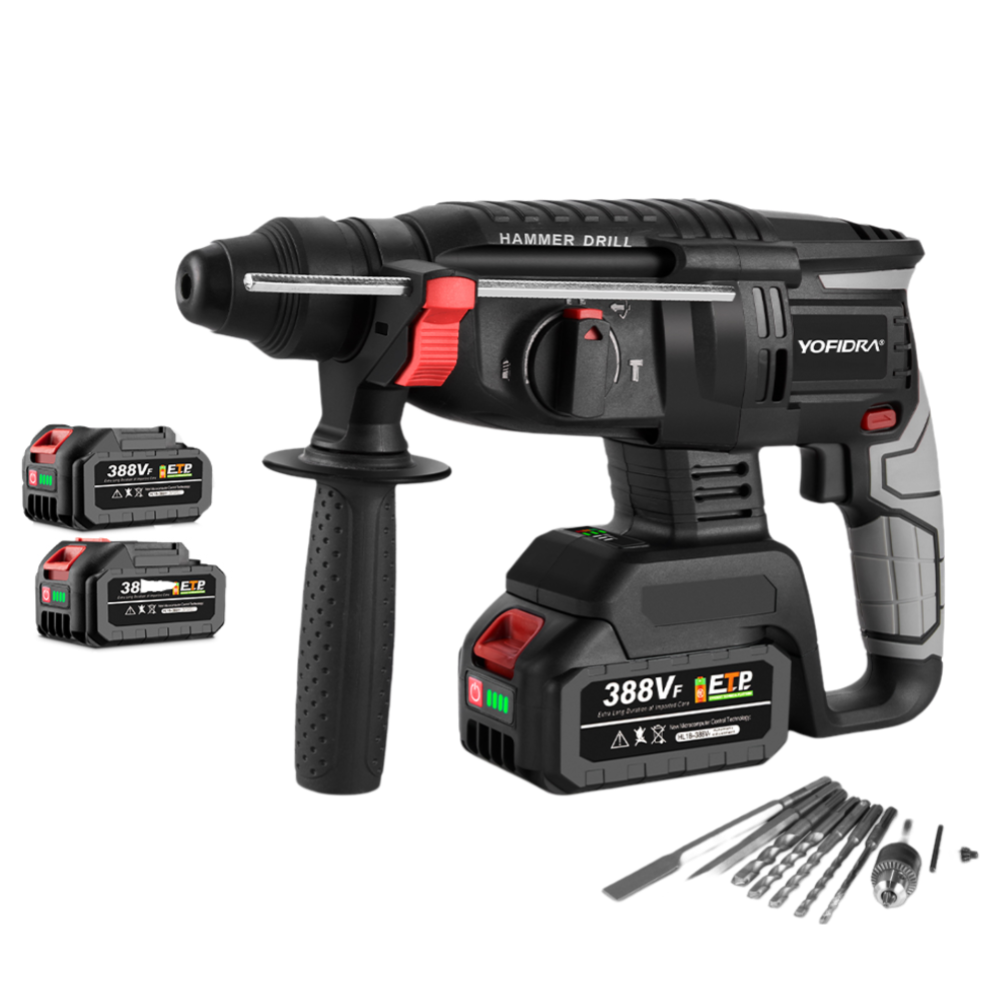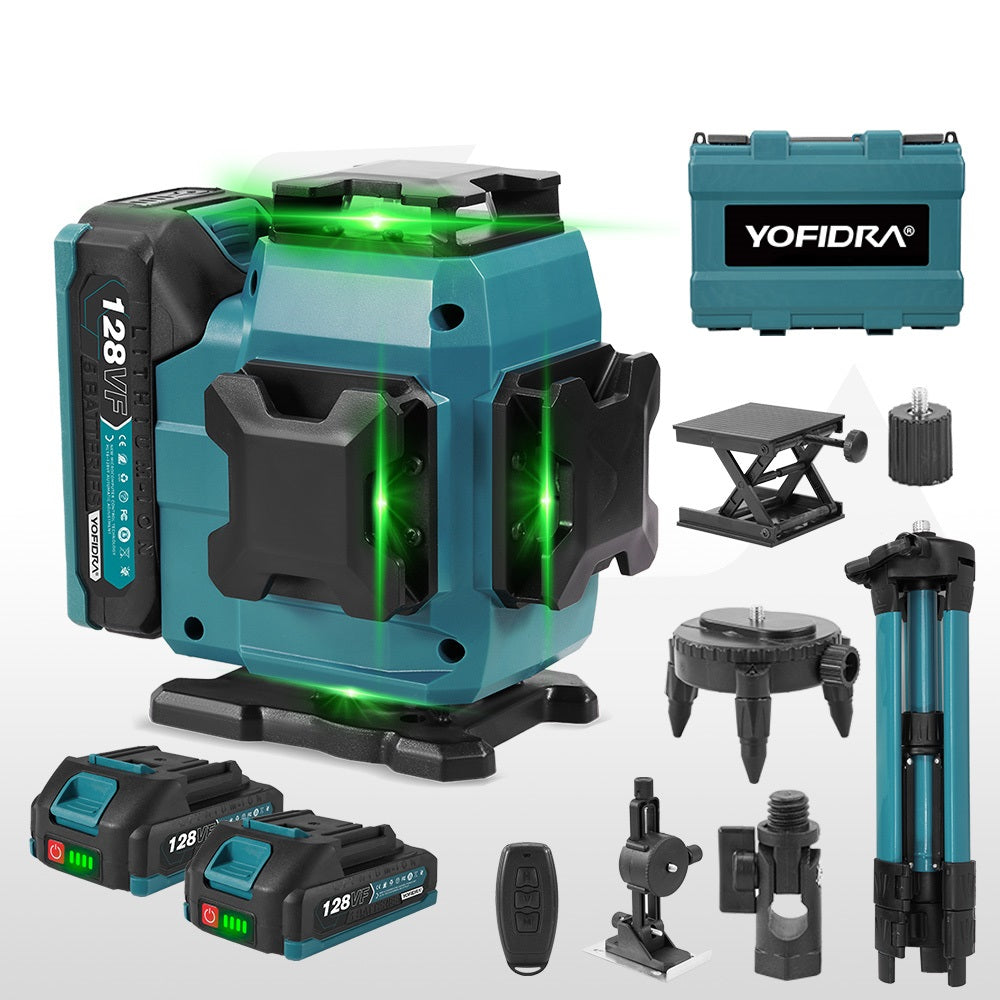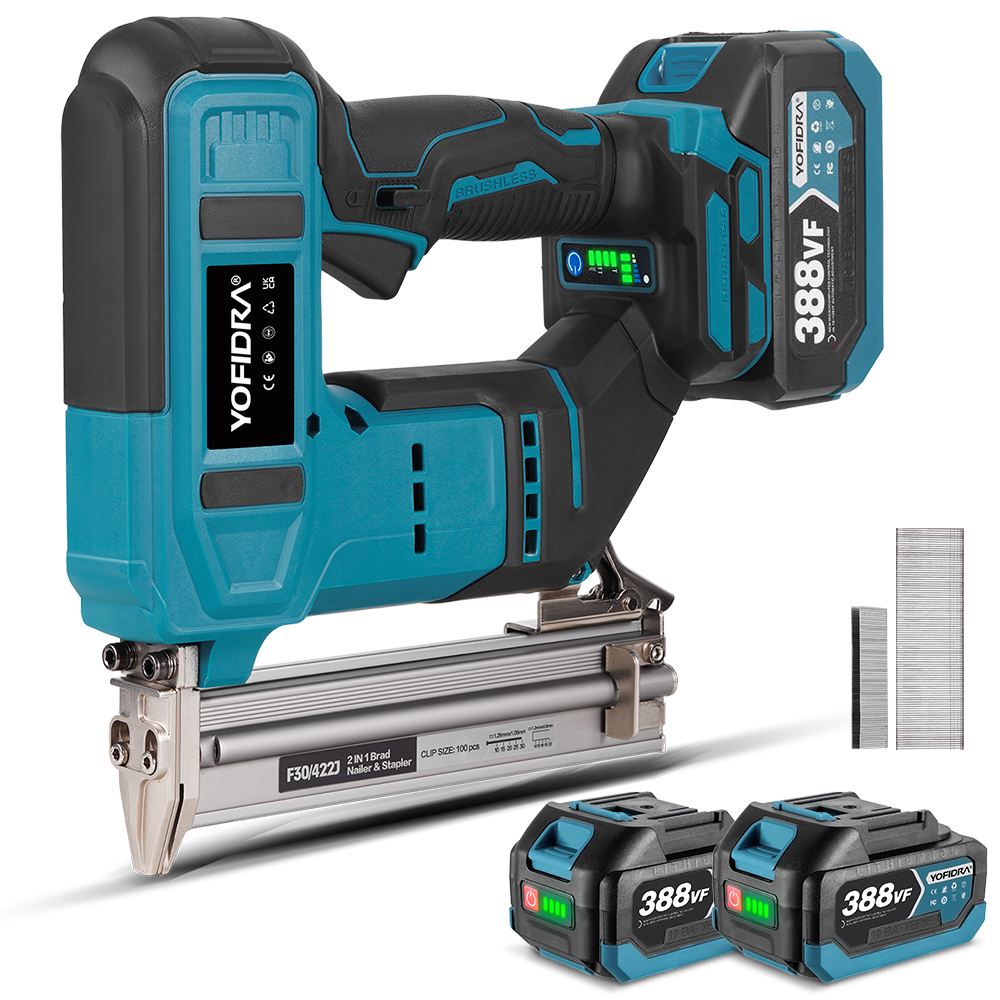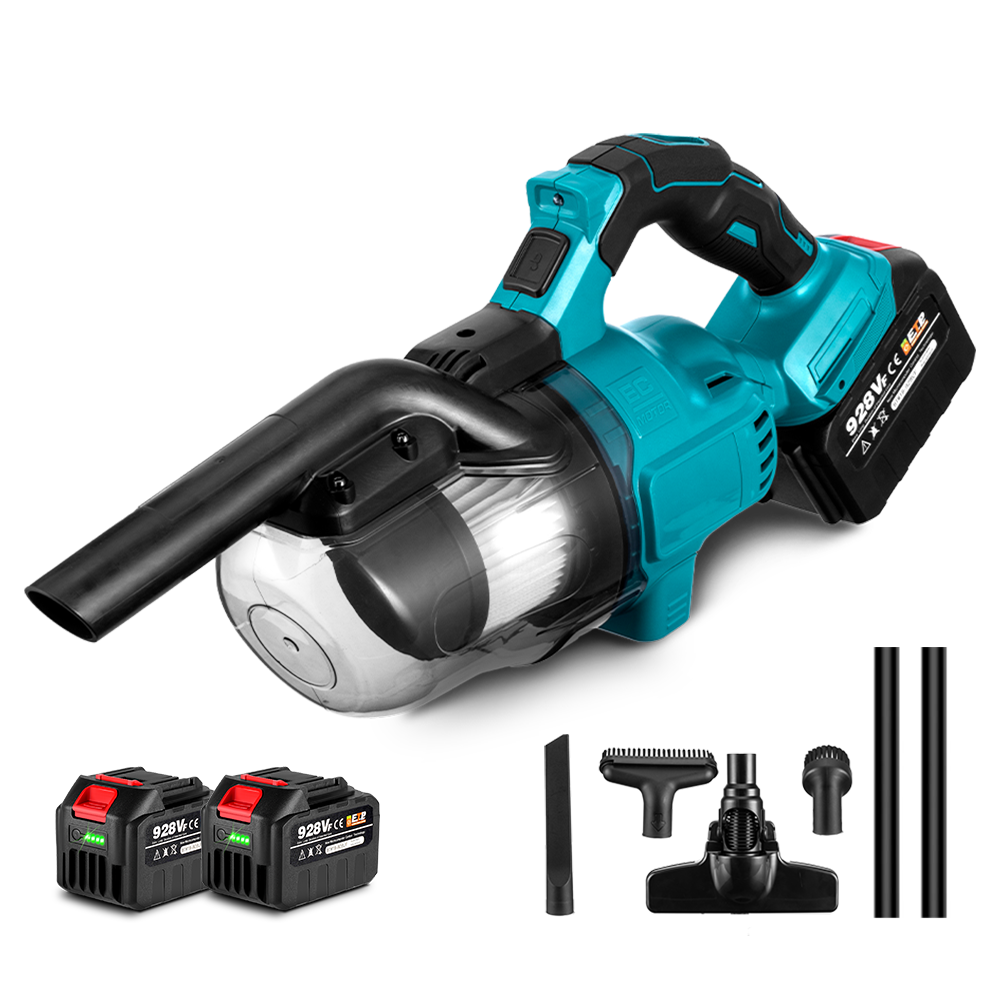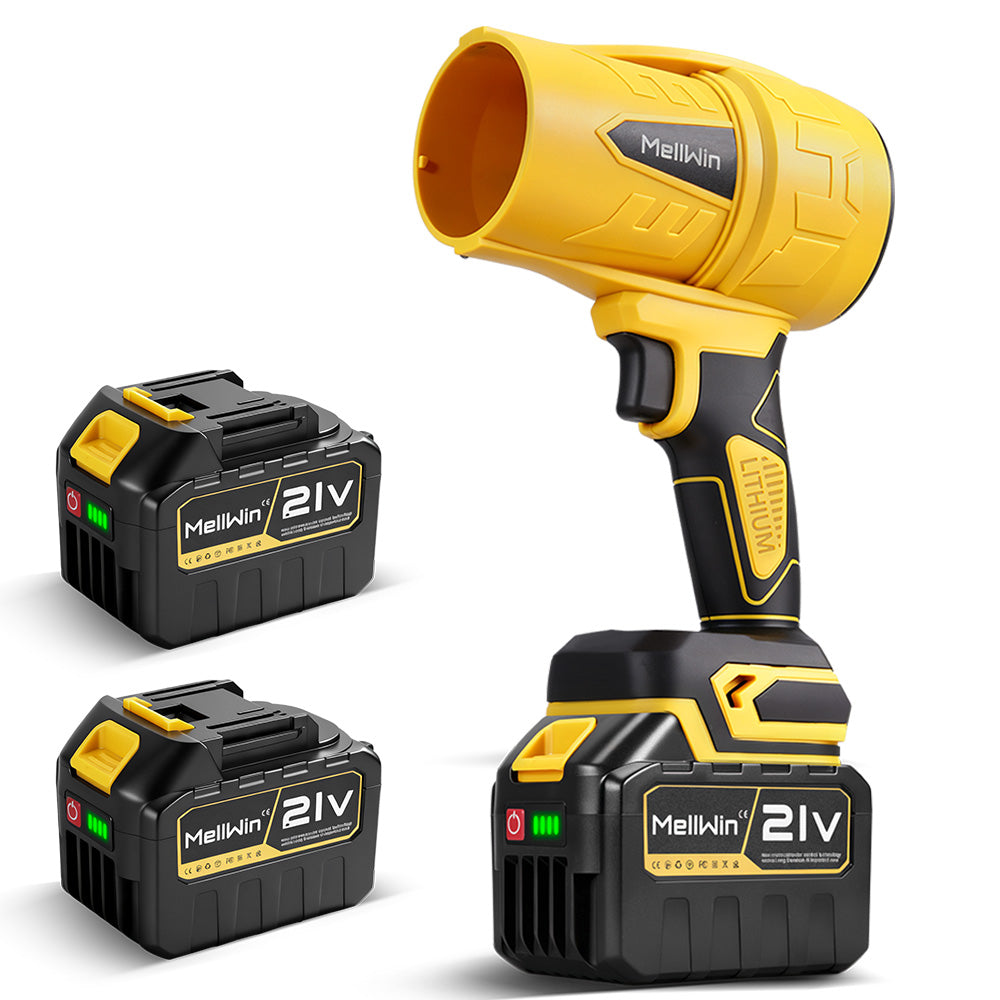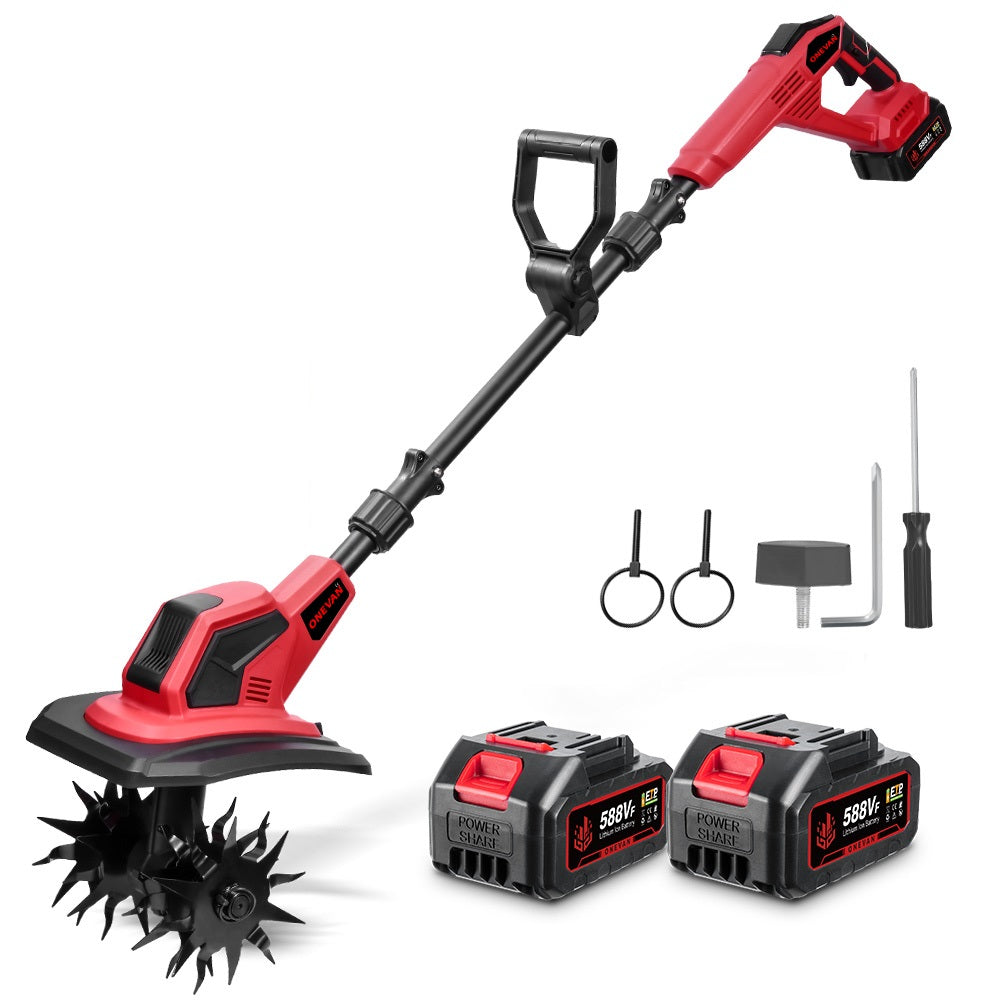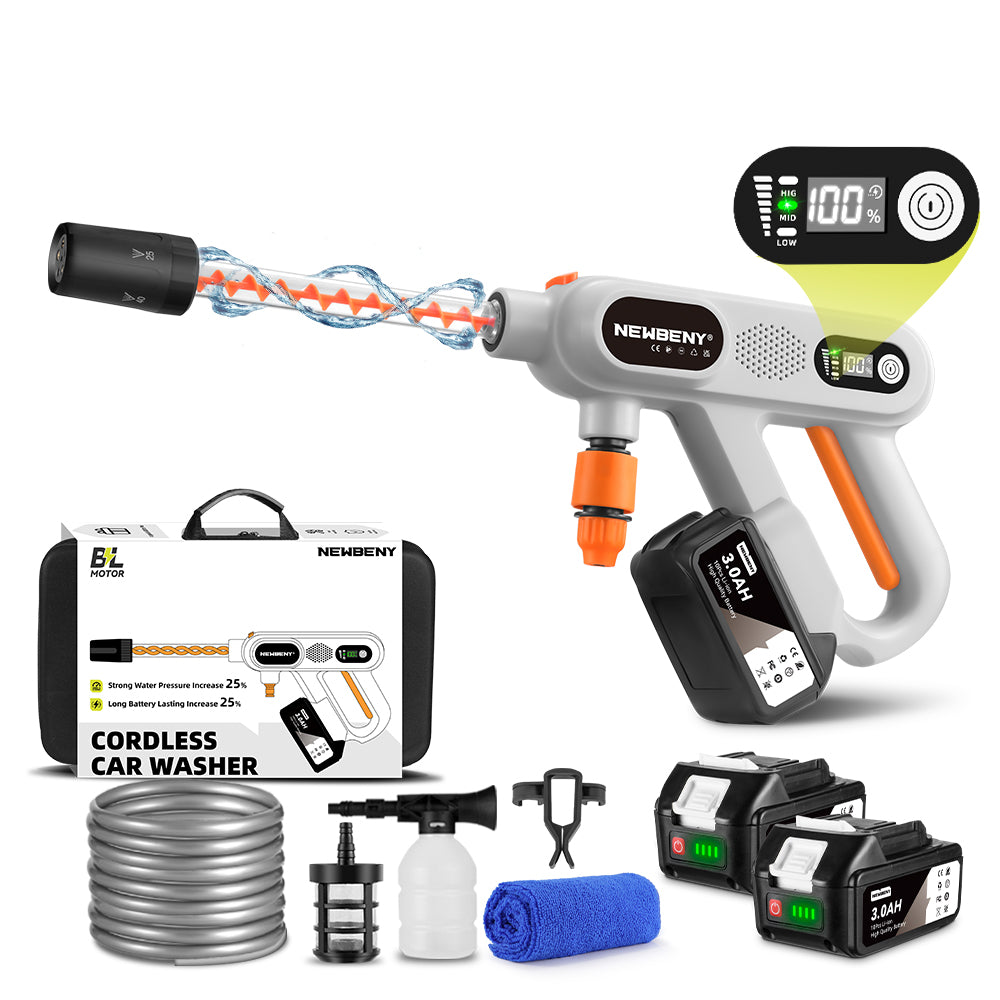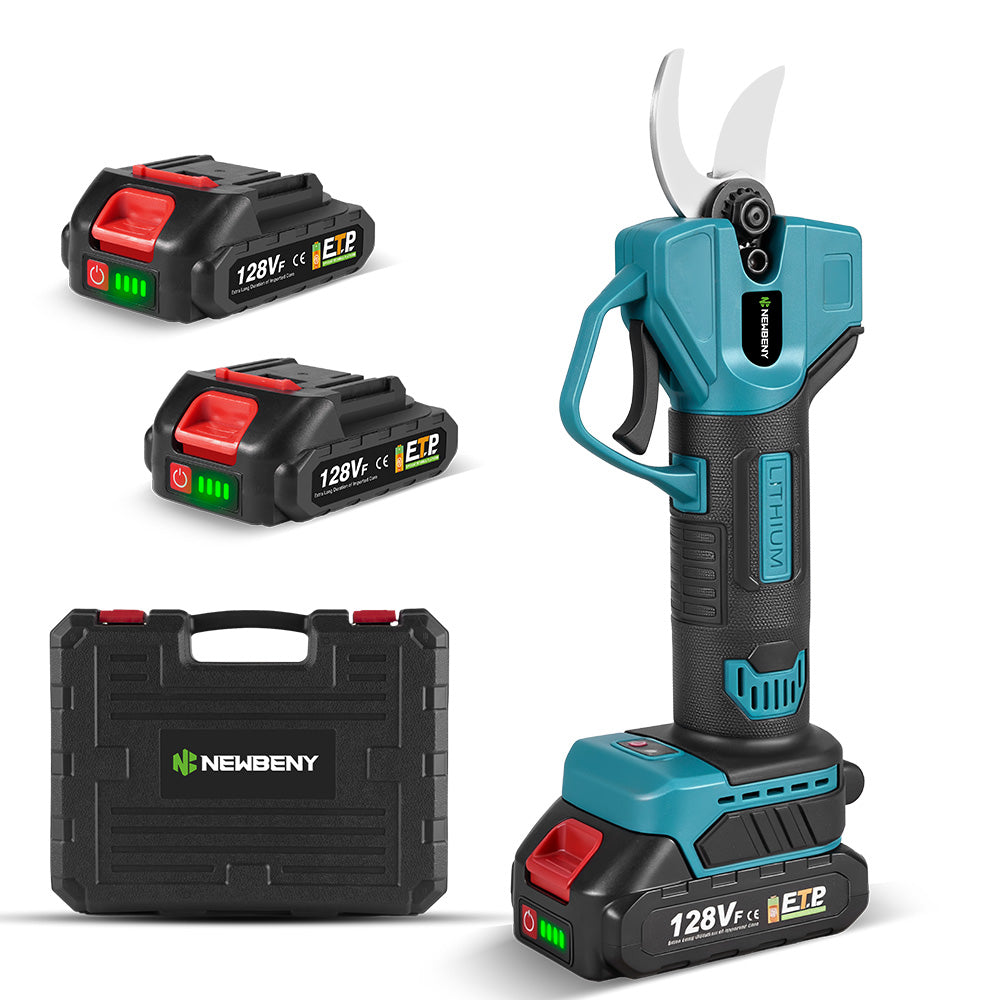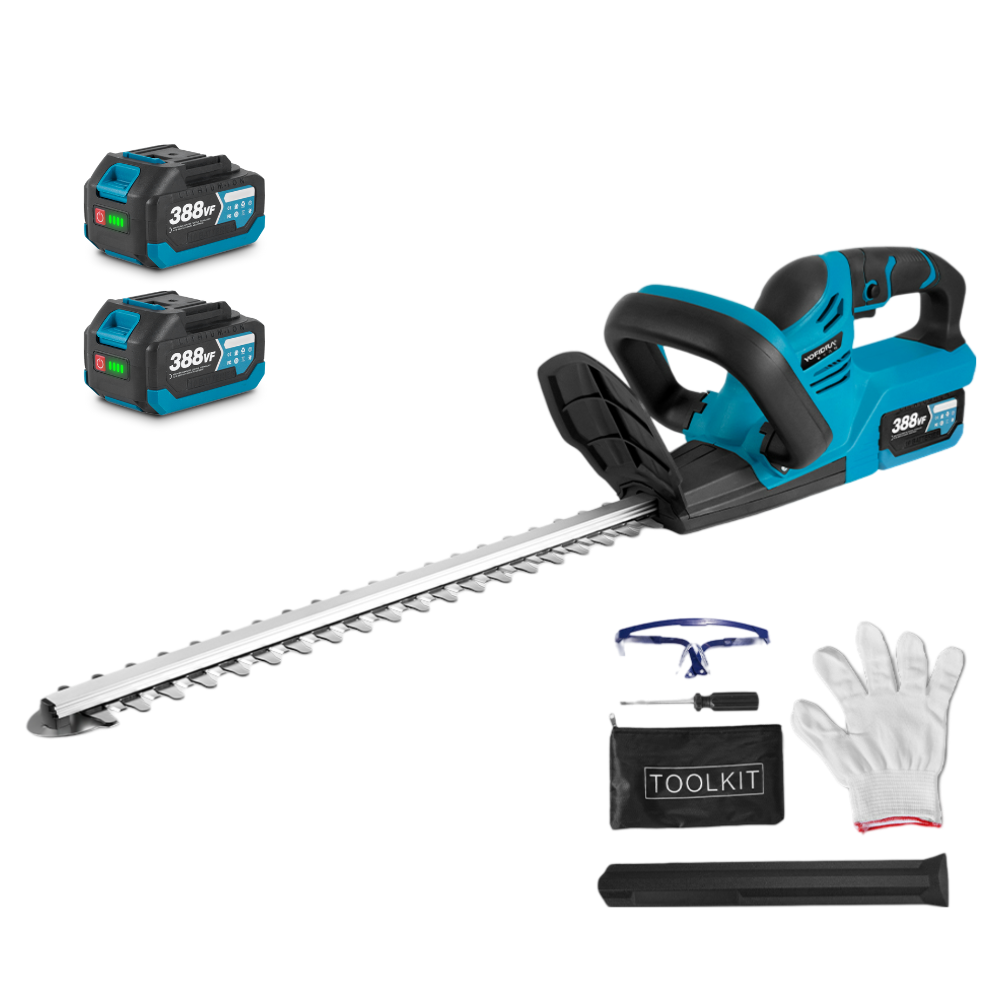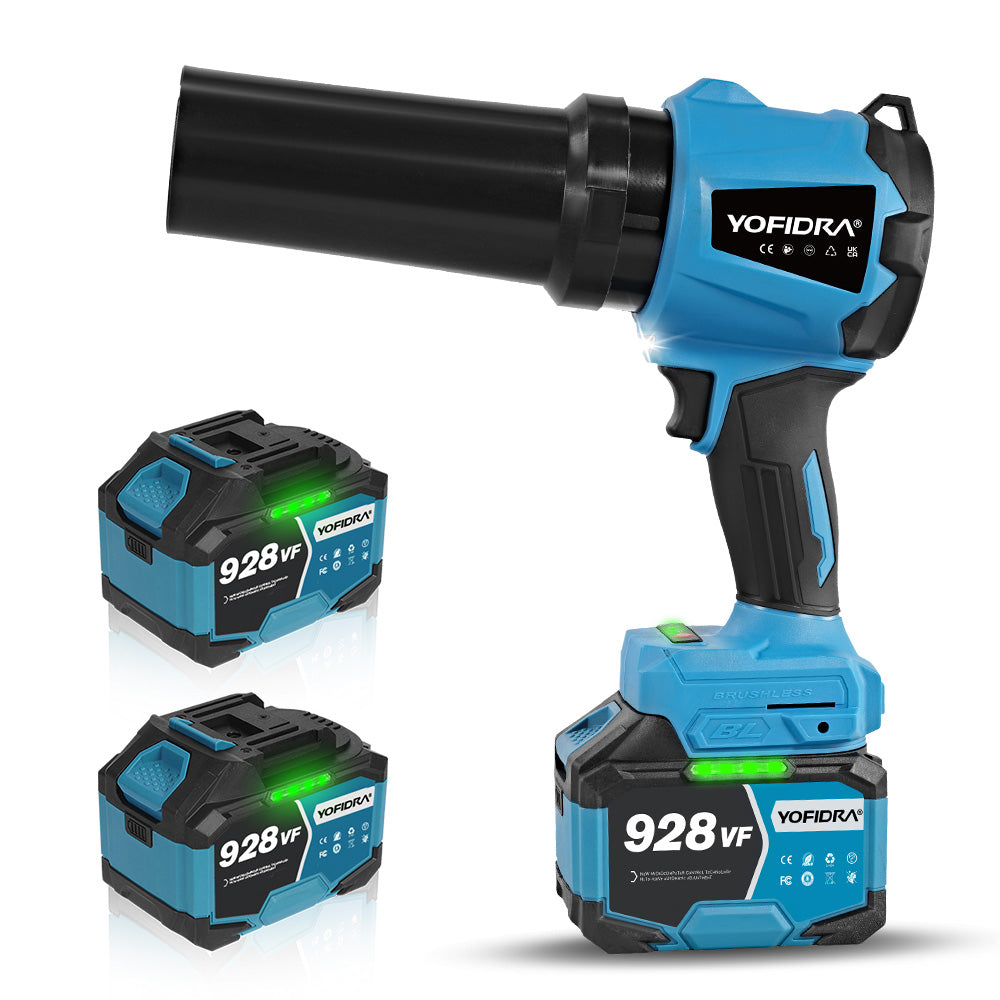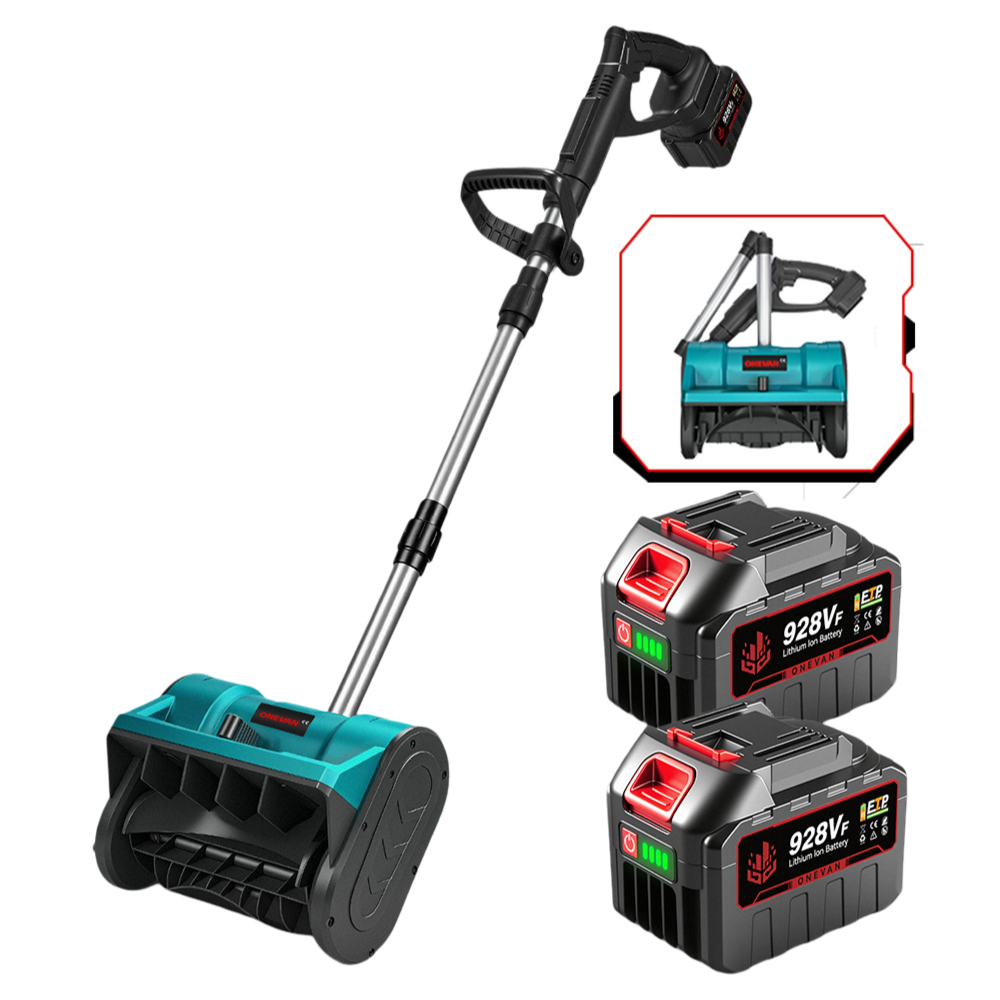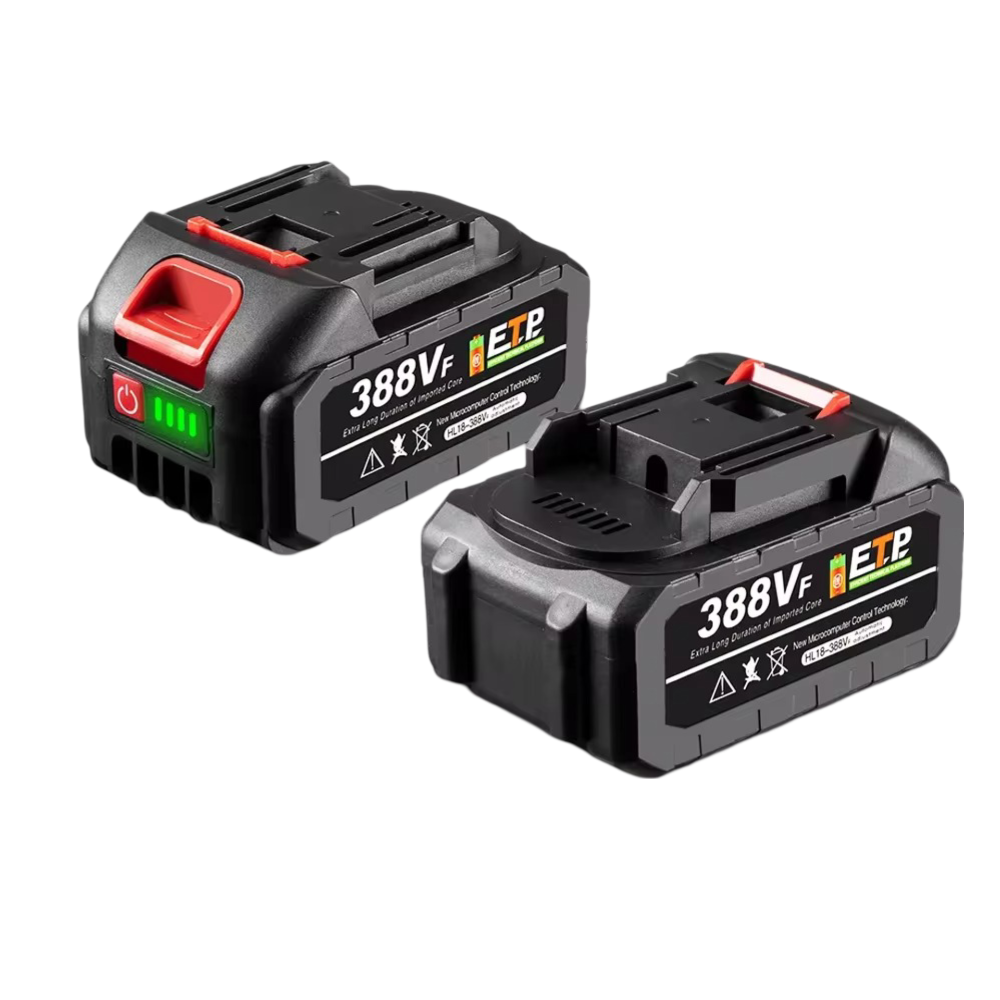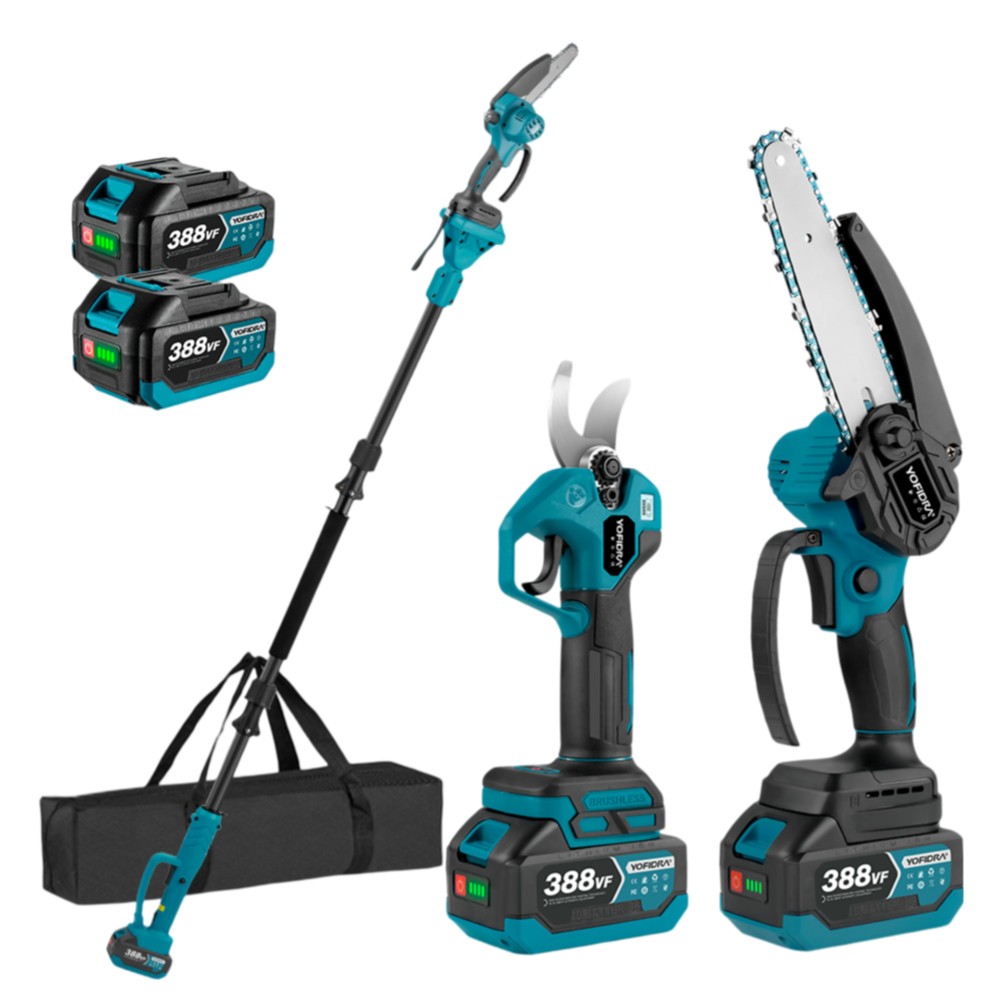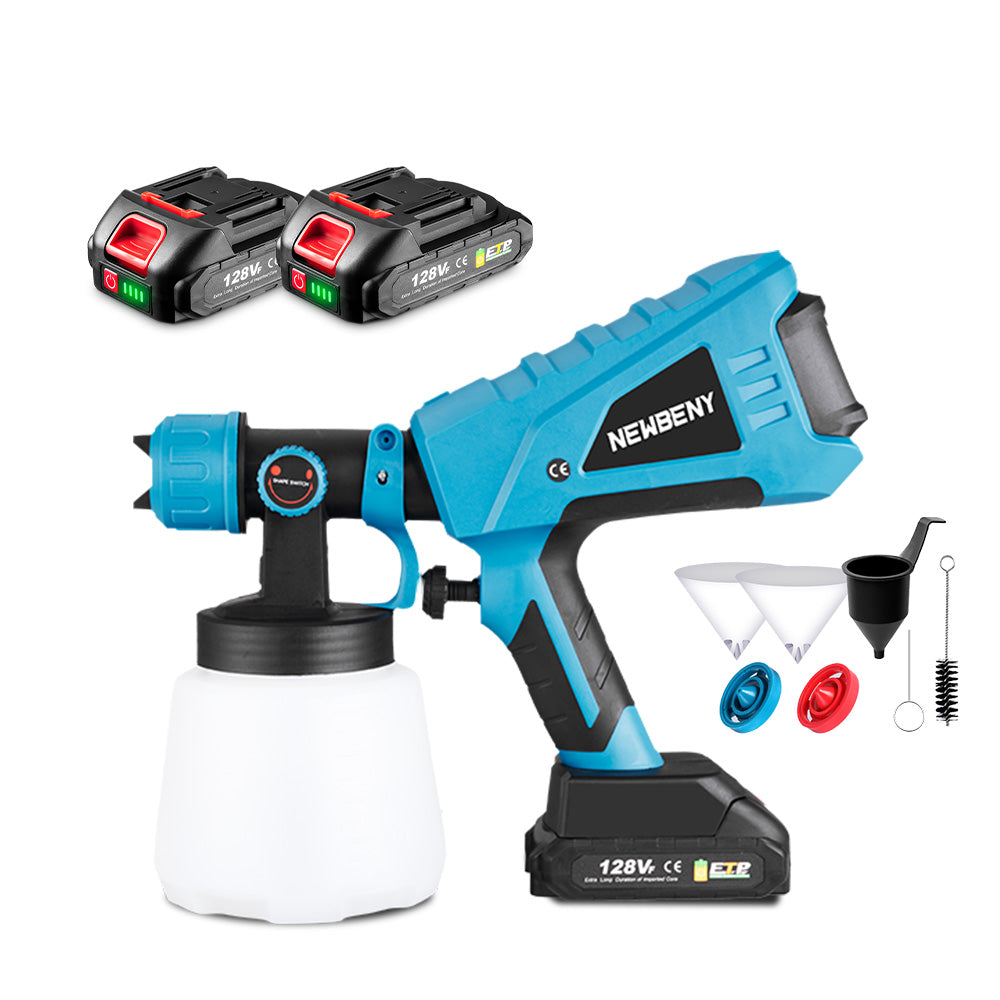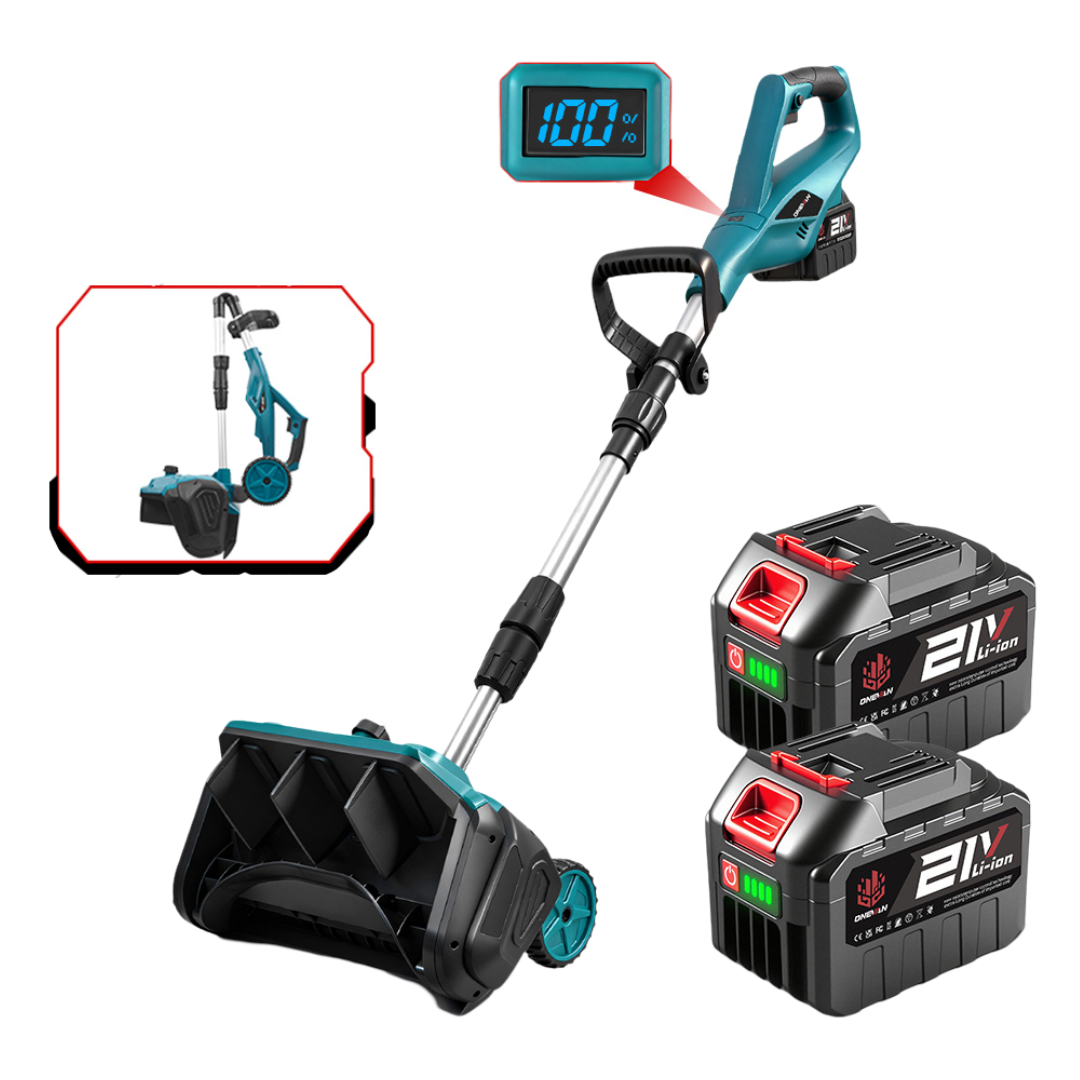Starting a cordless chainsaw correctly is very important for safe operations, longevity, and performance. This guide provides essential pre-start checks to cover essential pre-start checks, including safety gear, chainsaw inspection (chain tension, bar, sprocket), and battery handling. Learn the 5-step startup process, from engaging safety locks to smoothly powering on. Plus, troubleshoot common starting issues like the chainsaw not turning on or stopping immediately. Master these steps for confident and safe operation.
1. Why Proper Startup is Important for Cordless Chainsaws
Cordless chainsaws operate without gas engines and are portable, eliminating the need for power cords. Yet starting these tools correctly matters for performance and safety. Poor startup affects operator safety, tool lifespan, and cutting efficiency.
Ensures the Safe Operation of Cordless Chainsaws and Reduces Accident Risks
A proper startup creates essential safety checkpoints. Each step prevents dangerous conditions. Modern chainsaw batteries deliver substantial current, often exceeding 40 amps during peak draw. This power transforms into chain movement at speeds approaching 45 feet per second. Incorrect startup bypasses critical safety systems.
According to industry studies, 36% of chainsaw injuries occur during the first minute of use. This pattern shows that startup procedures directly affect accident rates. Proper methods reduce kickback risk by checking chain tension and brake function before full power engages.
Protects Cordless Chainsaws and Extends Their Lifespan
Electronic components inside cordless chainsaws contain delicate circuits. The brushless motors in premium models need precise power sequencing and incorrect startup stresses these parts unnecessarily. Many modern battery systems monitor temperature, current, and voltage during startup. Proper procedures keep these systems within safe limits. Rushed startup triggers protective shutdowns that harm components and reduce battery life.
Research indicates that properly started chainsaws can outlast identical models subjected to poor startup conditions by an average of 340 operating hours in comparable usage scenarios. This equals about 18 months of extra service for typical home users.
Choosing models with advanced brushless motors, such as the high-powered one found in the NewBeny 12 Inch Cordless Chainsaw, can contribute to a longer lifespan.
Ensures the Cordless Chainsaws Operate Smoothly and Efficiently
Startup procedures prepare mechanical systems for best operation. Chain tension, bar alignment, and oil distribution happen during the first seconds of use. Correct startup sequences make these adjustments happen smoothly.
Testing shows chainsaws started properly and reached full cutting efficiency within 3-5 seconds. Improperly started units take 10-15 seconds. This efficiency gap continues throughout cutting, giving 14% more cuts per battery charge.
The difference matters most for precision cuts. Properly started chainsaws maintain direction control and consistent cutting speed that a poor startup cannot match.
The NewBeny 21V 12-inch cordless chainsaw has a built-in oil can that automatically lubricates the chain. This reduces friction, helping it cut smoothly and efficiently.
Prevents Damage to The Batteries and Circuits of Cordless Chainsaws
Battery protection offers a key reason for proper startup. Modern lithium-ion packs contain protection circuits that monitor multiple factors. Poor startup creates electrical conditions that trigger these systems. The battery system monitors:
- Cell voltage balance
- Current draw rate
- Temperature
- Charge state
Following the manufacturer's recommendations keeps these readings normal. In some battery systems, poor startup can create current spikes exceeding 60 amps, which may trigger protective shutdowns or potentially damage certain cells.
Tests confirm that batteries with proper startup keep 92% capacity after 200 charges. Batteries exposed to poor startup keep only 76% of their capacity over the same period.
Builds User Confidence and Skills in Using Cordless Chainsaws
The mental side of proper startup deserves attention. Following structured steps builds operator confidence through predictable tool behaviour. This confidence creates safer operation.
Training shows operators who master proper startup gain deeper equipment knowledge. This prevents attempts at cuts beyond the tool's limits or work in unsafe conditions.
Skilled users develop awareness of tool sounds, vibration, and cutting feel. These skills start with a proper startup that establishes a baseline performance.
2. Cordless Chainsaw Safety: Must-Do Checks Before Starting
Safety Precautions Before Starting
Safety begins before battery insertion. Pros understand the importance of preparation.
Required safety gear includes:
- Cut-resistant gloves with grip surfaces
- ANSI Z87+ rated eye protection
- Hearing protection with 22dB noise reduction
- Steel-toed boots with slip-resistant soles
- Cut-resistant pants for larger chainsaws
The workspace matters equally. Clear an area twice the length of material being cut. Remove trip hazards and find stable footing before starting.
Weather factors need attention. Avoid using cordless chainsaws in heavy rain, as moisture can affect electrical components; however, some models may be designed to withstand light rain.
These tools are generally designed to operate in temperatures from 20°F to 110°F, but specific battery performance may vary, often peaking between 50°F and 85°F.
Inspecting the Chainsaw
Pre-operation checks prevent problems from becoming dangers. Check the chainsaw's mechanical components (such as the chain and bar), electrical connections, and structural integrity.
Chain tension needs special attention. A properly tensioned chain allows about 1/8-inch movement when pulled from the bar. Overtight chains strain motors, while loose chains derail.
Tension check steps:
- Remove the battery completely
- Wear gloves and pull the chain at mid-bar
- Check for 1/8 inch movement
- Adjust if needed
- Recheck after tightening
Next, examine the bar. Look for uneven wear along the rails. For most consumer models, the bar groove should measure between 0.050 and 0.063 inches. Check the drive sprocket teeth for uneven wear or any deformities, such as a hooked or pointed leading edge, which can hinder performance. These flaws speed up chain wear and reduce cutting power. Inspect battery contacts for corrosion or debris. Also, make sure the battery port is free from sawdust that could block connections.
When inspecting your chainsaw, consider the chain quality; a durable alloy chain, like the NewBeny8 Inch cordless chainsaw, contributes to safer and more efficient cutting without jamming.
Charging and Installing the Battery
Battery prep affects chainsaw performance. Lithium-ion batteries work best when kept at a charge between 20% and 80% during storage. Charge fully before operation. Best charging practices:
- Use only approved chargers
- Charge between 50°F and 85°F
- Let hot batteries cool for at least 30 minutes before charging
- Store at 40-60% charge when not in use
Install batteries with care. Line up the contacts and press firmly until the lock engages. Test the connection with a gentle pull. Check for a solid connection by rocking the battery side-to-side. No movement should occur. Any looseness means worn locks need attention. For more intensive use, having multiple batteries can be beneficial for extended working periods. This allows non-stop work while extending battery life through gentler discharge cycles.

3. How to Start a Cordless Chainsaw in 5 Steps
Step 1: Power Off and Safety Lock
Start by checking the tool's safety status. Verify the power switch position before adding the battery. Engage all safety locks. Many modern chainsaws include features such as trigger locks, hand guards, and electronic safety systems. Make sure all safety features remain active before continuing. Check the chain brake position. This stops chain movement during kickback. Confirm the brake position (usually pushed forward) before handling the bar.
Note: Premium models use sensors to detect the safety lock position. Bypassing these systems creates dangers.
Step 2: Insert the Battery Correctly
Install batteries with precision. Line up the rails with slots on the tool. The battery should slide in easily until the lock clicks.
Contact alignment affects performance. Modern batteries feature multiple contact points that facilitate power delivery, temperature monitoring, and system communication to optimise performance. Poor alignment reduces current flow.
Check for proper seating. The battery should fit flush with no gaps. Listen for the click that signals full engagement.
Match battery orientation to tool requirements. Most modern tools prevent wrong installation through shaped connectors. If you feel resistance, check orientation rather than forcing it.
Step 3: Check for Cordless Chainsaw Obstructions
Look for debris or blockages. Check the bar and chain for buildup, especially around the sprocket cover and oil port. Remove any foreign material.
Test chain movement. With the battery installed but power off, rotate the chain by hand (wearing gloves) to check for smooth movement. Any binding needs fixing before startup.
Verify the oil system's function. Check the oil level and confirm the oiling system works. Running without oil quickly damages the chain and bar.
For thorough inspection, check the bar tip sprocket, which is a common feature in most models.
The nose sprocket should turn freely without binding. Apply oil if movement seems restricted.
Step 4: Turn On the Chainsaw
Follow the power sequence. Find the master power switch and press it for 1-2 seconds until the lights come on.
System startup takes 3-5 seconds. During this time, electronics perform self-checks, including battery voltage, motor sensors, and safety systems.
Watch indicator lights. Most models show battery charge with colored LEDs. Green means full charge, yellow shows partial charge, and red signals low charge.
Better models include more temperature, error, and operating mode status lights. Learn what these mean for your specific model.
Step 5: Starting the Chainsaw
Combine controls to start the motor. Pull the chain brake back toward the handle. Release the safety lock while gripping the main handle.
Press the trigger smoothly. Apply steady pressure rather than jerking it fully on. This lets the system increase power gradually, reducing stress on parts.
Listen to the startup sounds. The initial high pitch shifts to a steady tone as the motor reaches speed. Unusual sounds like grinding or clicking signal problems.
Stop safely when finished. Release the trigger completely before engaging the chain brake. This sequence ensures the chain stops before the brake engages.

4. Troubleshooting Common Starting Issues with Cordless Chainsaws
Chainsaw Doesn't Turn On
First, check the battery charge. Use the indicator button on the battery itself rather than tool indicators to separate battery issues from tool problems.
Inspect connections if the charge seems adequate. Remove and reinstall the battery, focusing on alignment and lock engagement. Clean contacts with compressed air if dirty.
Test all safety controls. Cycle the chain brake, safety lock, and trigger to ensure proper function. Any safety component failure prevents startup by design.
Try an electronic reset. Remove the battery, hold the power button for 30 seconds to discharge internal capacitors, and then reinstall it.
Control board problems may require professional help, especially if troubleshooting does not resolve the issue.
Signs include partial activation (lights but no motor), error codes, or no response despite a good battery charge.
Chainsaw Starts But Stops Immediately
Voltage drop causes the most immediate shutdowns. This happens when batteries hold voltage at rest but fail under load. A common sign of this issue is when tools run briefly for a few seconds and then shut off.
Test with a battery that you know is working properly. If normal operation results, replace the original battery. If problems continue, look for other causes.
Check for overheating.Control systems monitor temperature and shut down when the tool gets too hot. Let the tool cool completely before trying again.
Look for mechanical binding. Inspect the chain, bar, and sprocket for debris or damage causing resistance. Make sure all parts move freely.
Motor sensor failures create misleading symptoms. Brushless motors need position sensors to work. Sensor failure causes motors to start and then stop as the controller loses position data. This needs professional repair.
5. Conclusion
Starting a cordless chainsaw correctly sets the stage for safe, efficient cutting. Each step serves specific purposes beyond simple power-up—they verify system readiness, protect electronics, and ensure mechanical freedom.
Good startup habits extend tool life, improve cutting, and boost safety. By developing consistent routines, operators build skills and confidence.
Remember that cordless chainsaws combine serious cutting power with advanced electronics that need proper handling. When treated with respect and proper care, these tools can deliver excellent performance, although regular maintenance is necessary to ensure longevity.
Mastery starts with proper startup procedures that become automatic through practice. The few seconds spent on correct startup prevent tool failure and unsafe operation.
6. FAQs
1. What is the average battery life of a cordless chainsaw?<
Battery life varies by model and use, typically ranging from 20 minutes to over an hour. Heavy use drains it faster. Having extra batteries can be beneficial for users engaged in extended work or heavy use to avoid downtime.
2. How do I properly maintain and care for my cordless chainsaw?
Keep the chain sharp and oiled. Clean debris after use. Store the battery correctly as per the manual.
3. How thick of wood can a cordless chainsaw cut?
Cutting capacity depends on the model and bar length. Smaller ones handle 6-8 inches, larger ones up to 16-18 inches or more. Check your chainsaw's specifications.
4. What are the advantages of a cordless chainsaw compared to corded or gas-powered chainsaws?
Cordless offers portability and quiet operation, no fumes, and less maintenance than gas. It also offers more freedom than corded models.
5. How do I replace the battery on my cordless chainsaw?
Power off and engage the safety lock. Press the release button to remove the old battery. Slide in the new one until it clicks.
6. How long does it take to fully charge a cordless chainsaw?
Charging time varies based on the battery capacity and charger specifications, typically ranging from 30 minutes for quick chargers to several hours for standard models. Refer to your manual for specifics.










